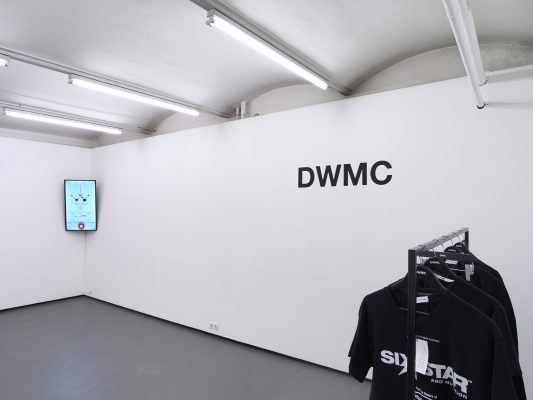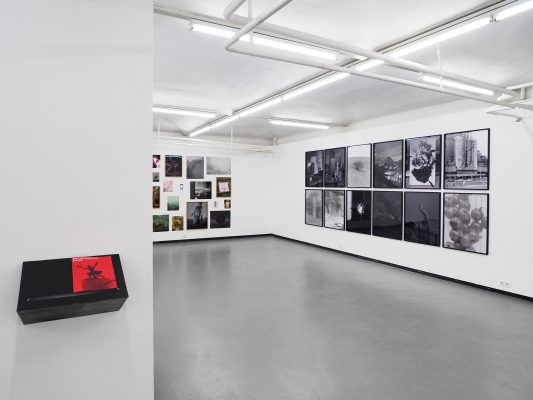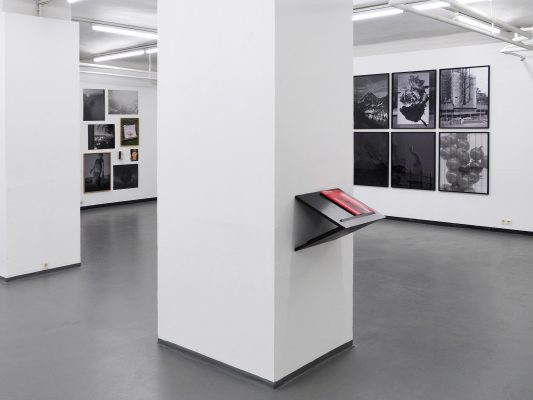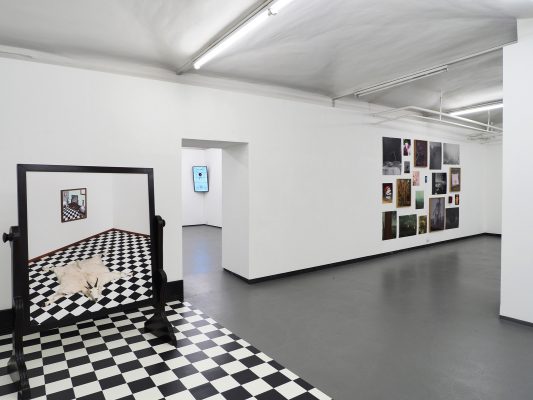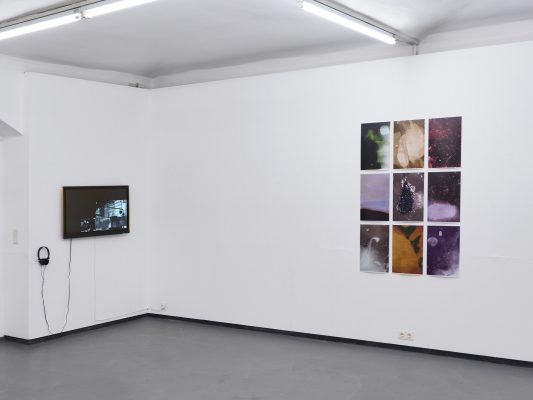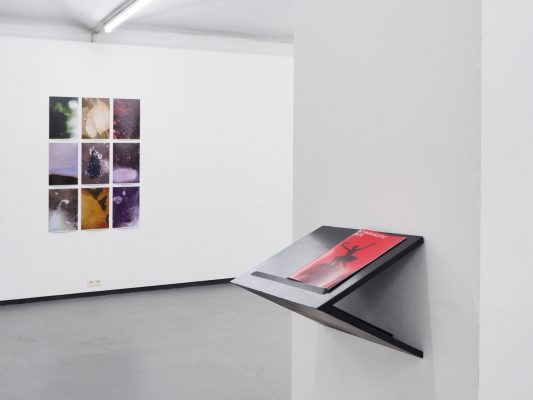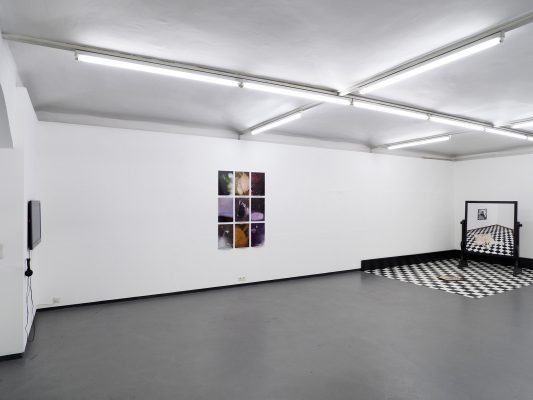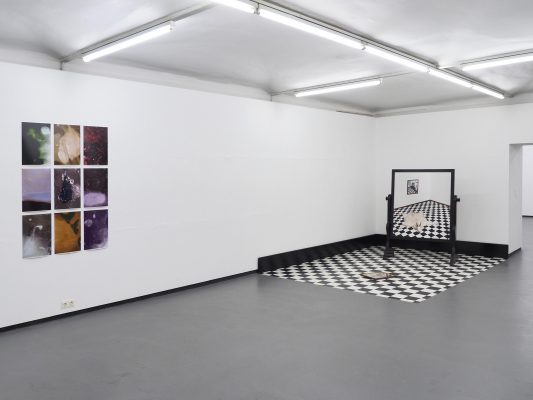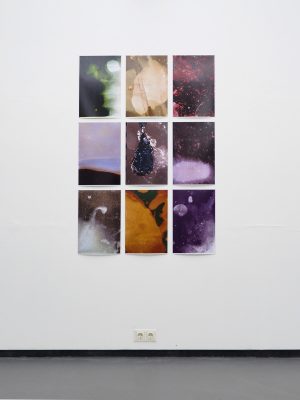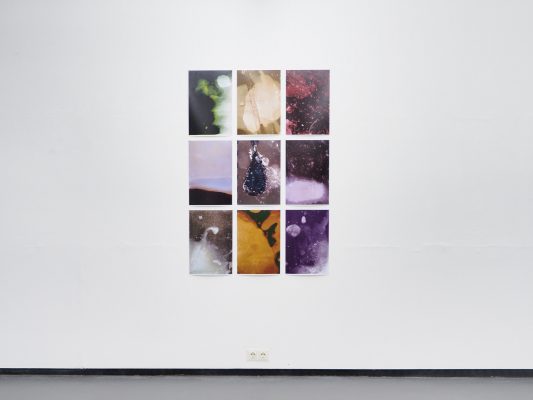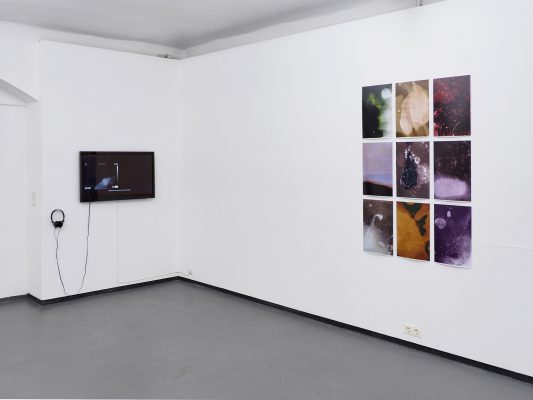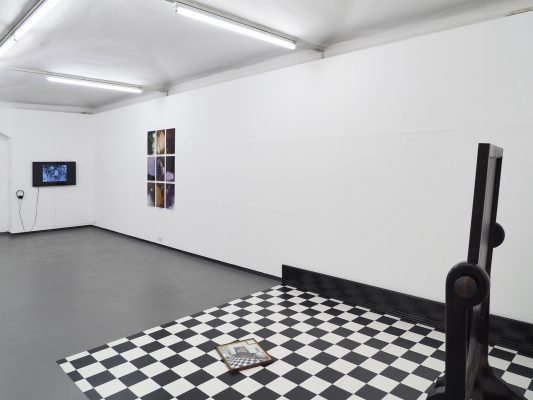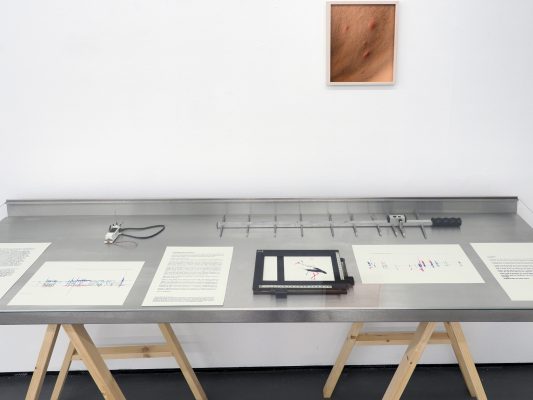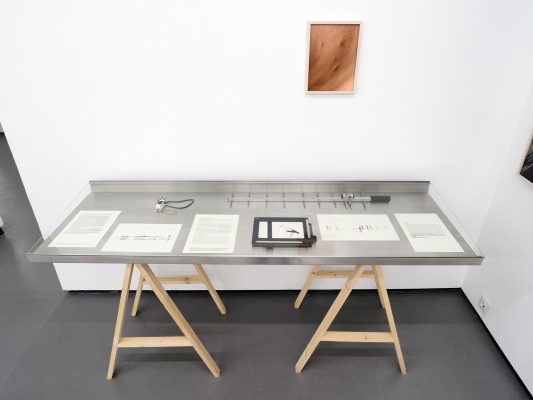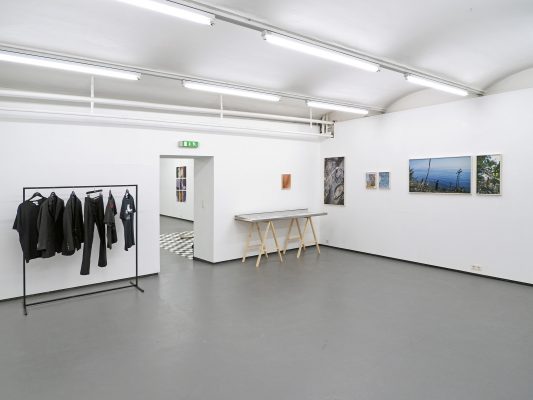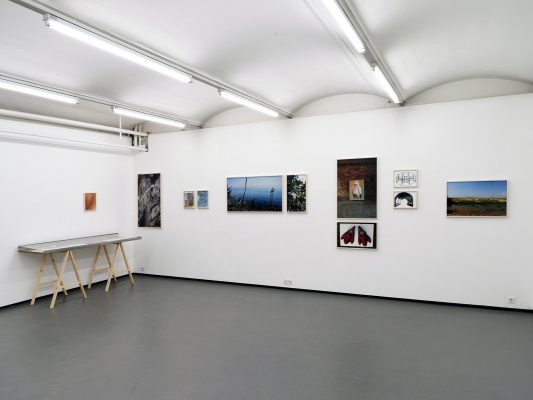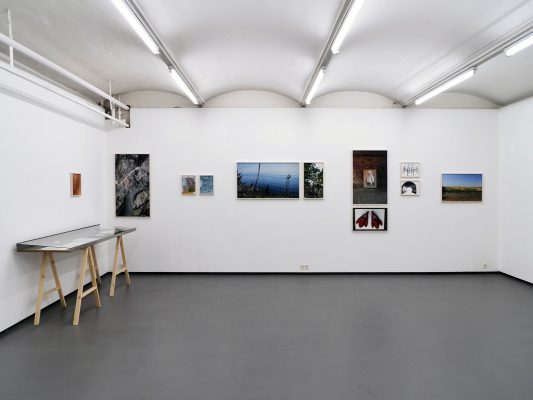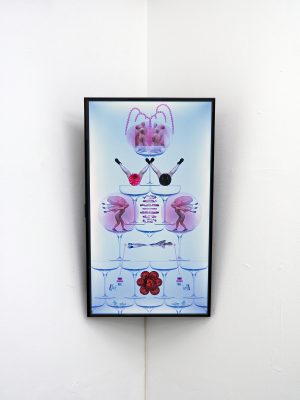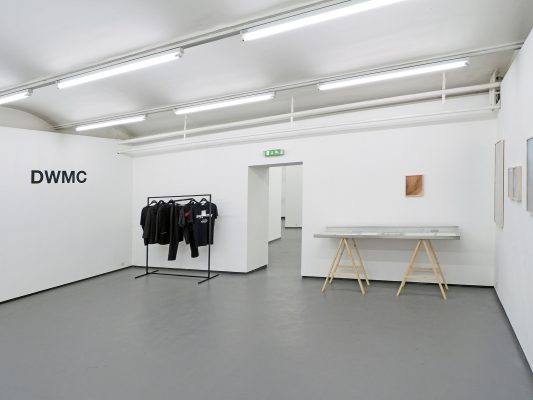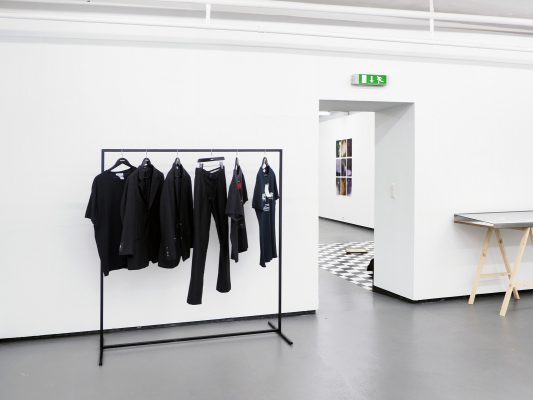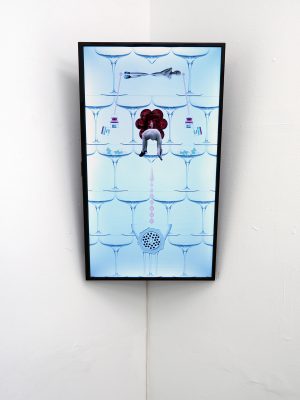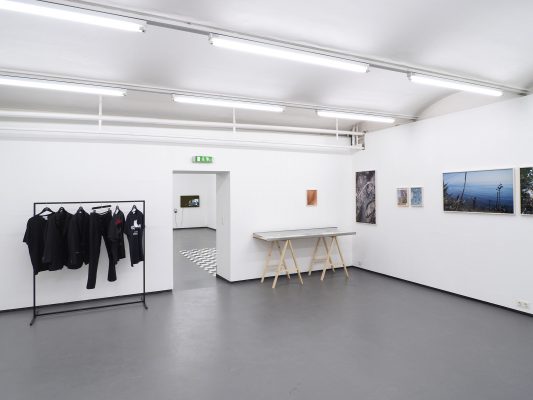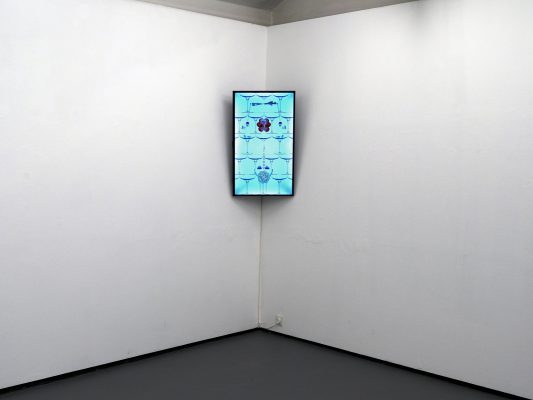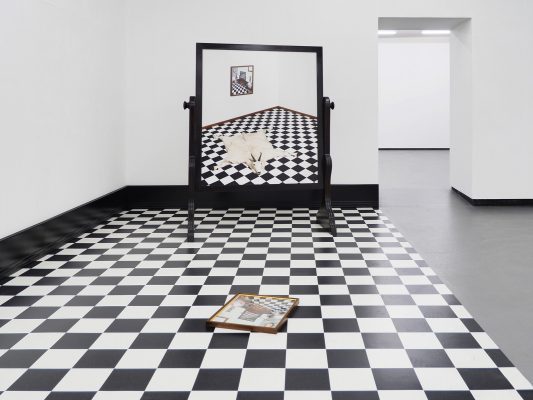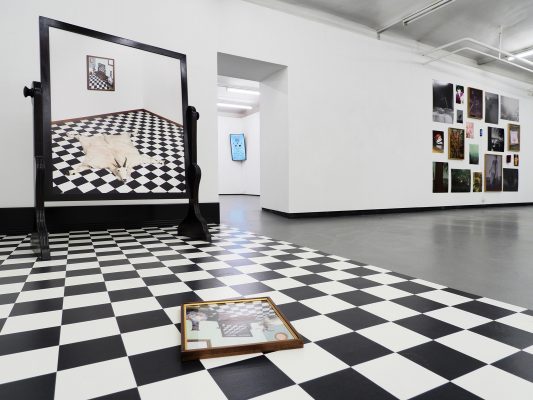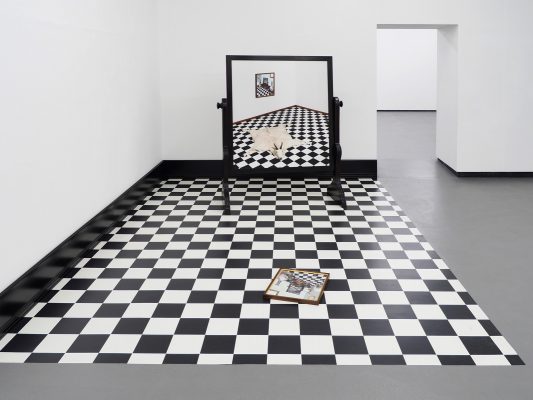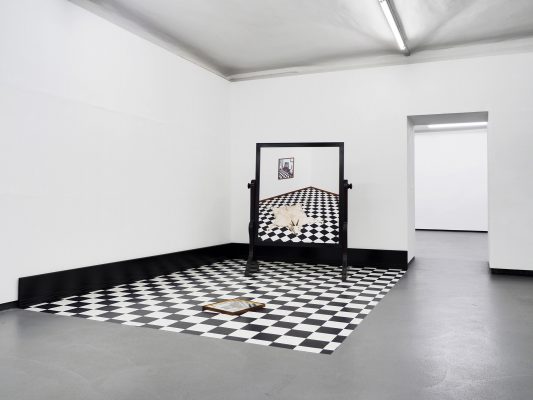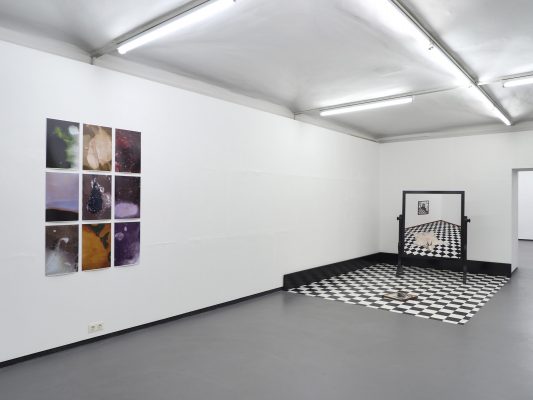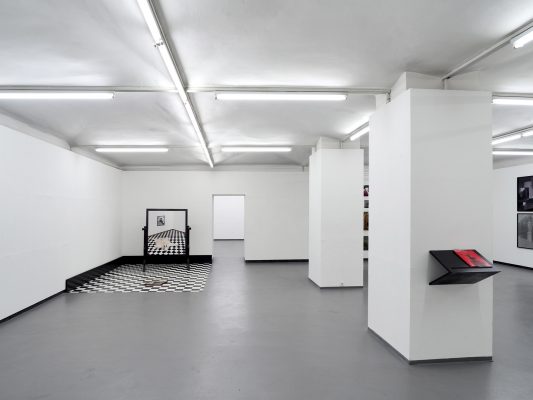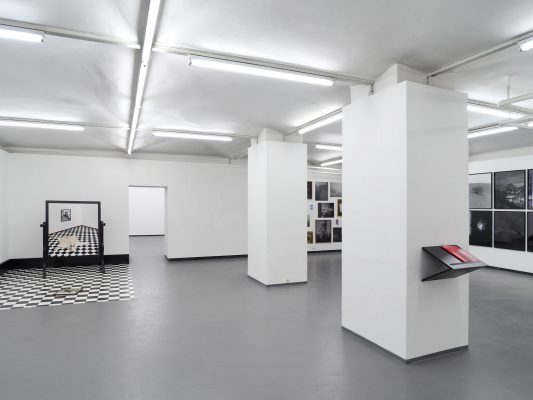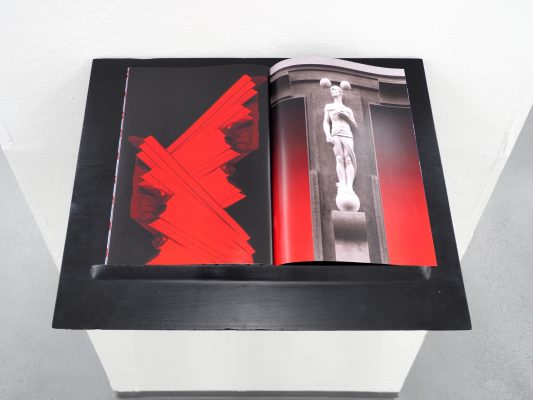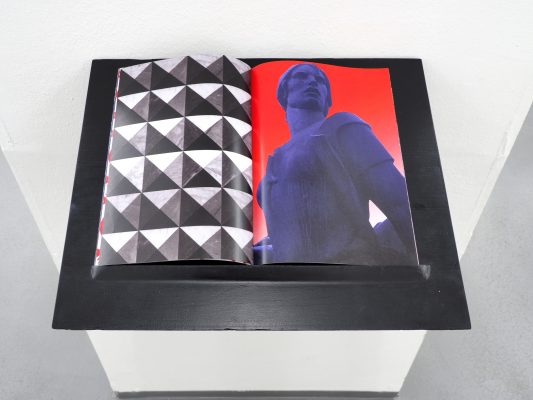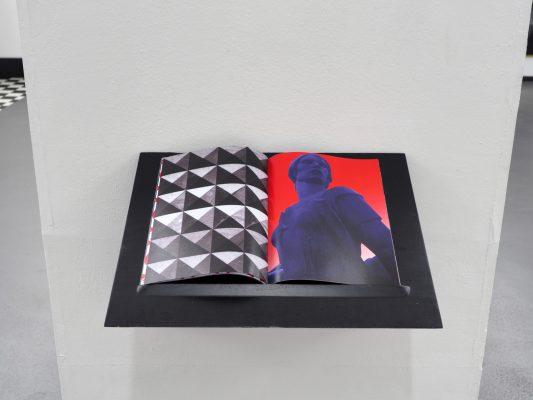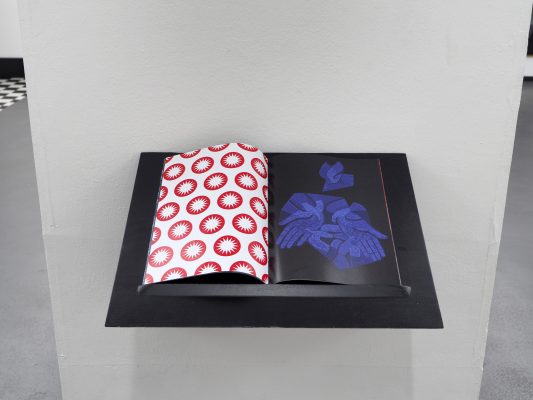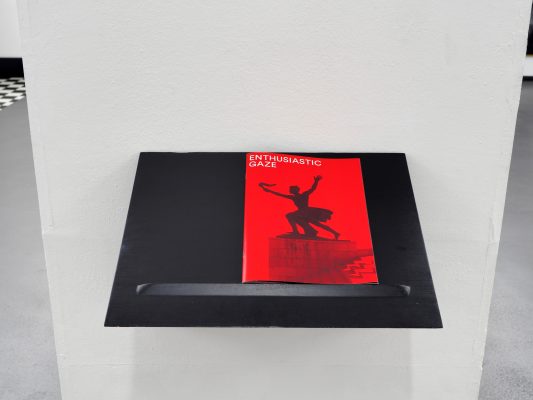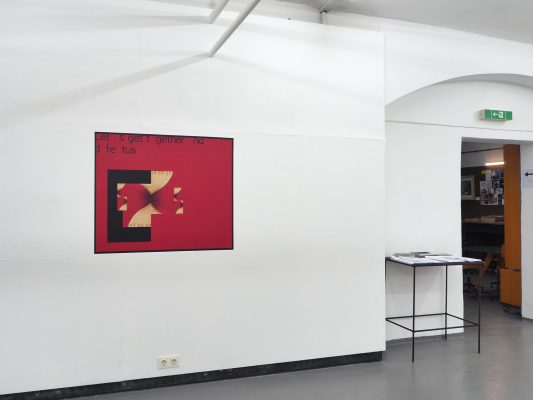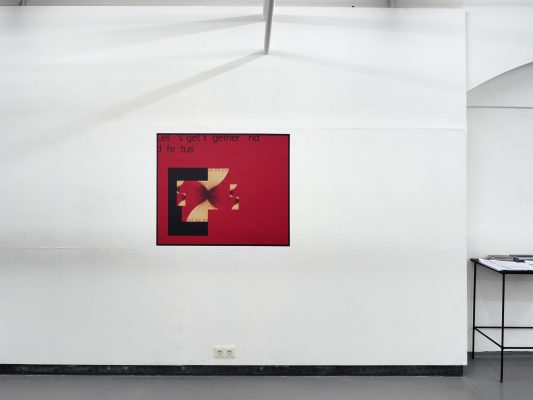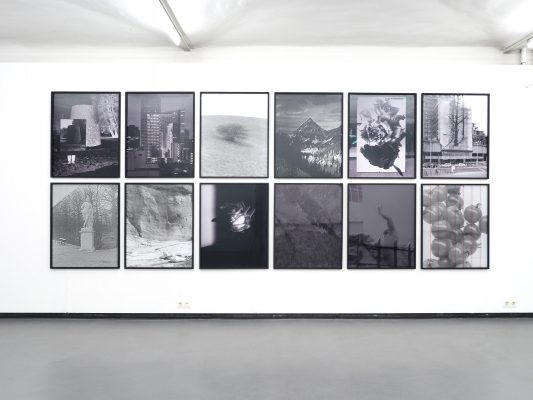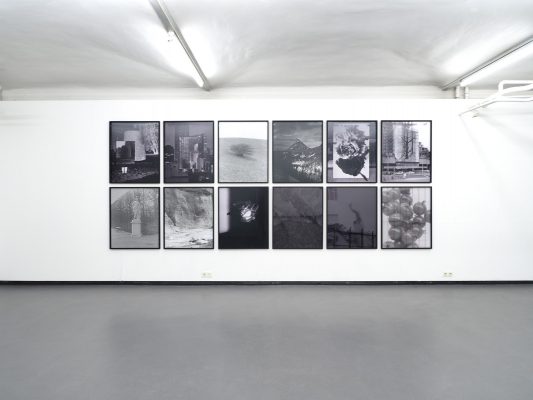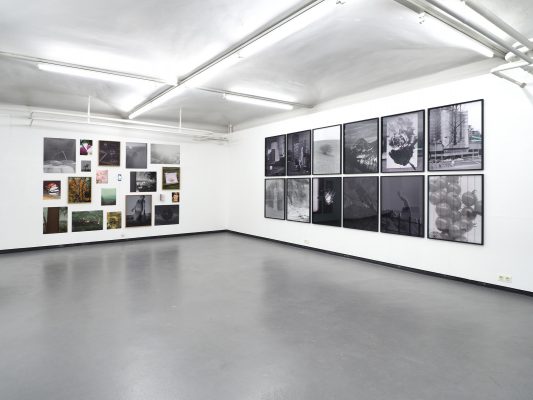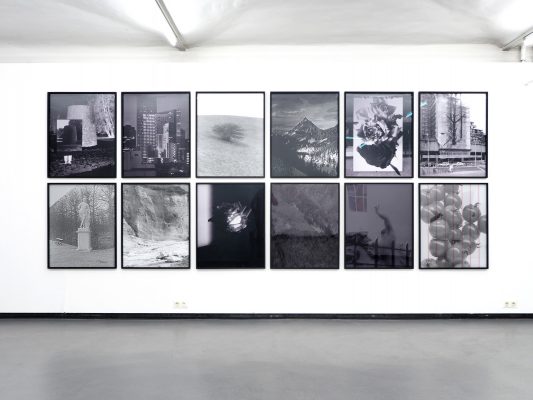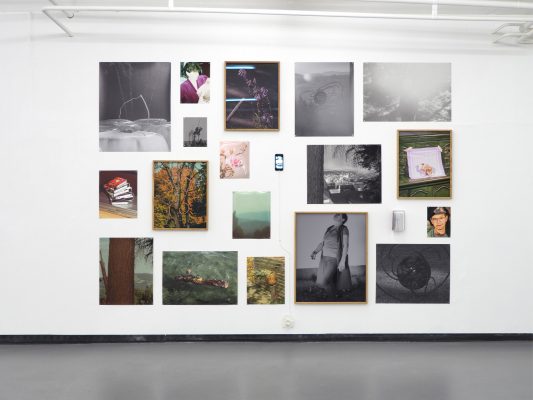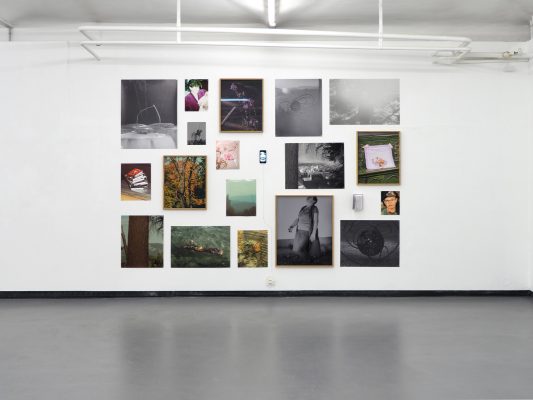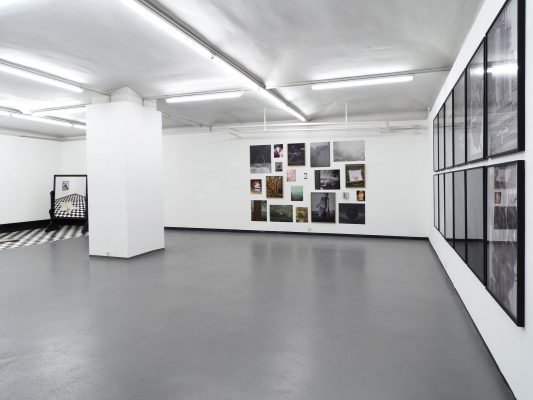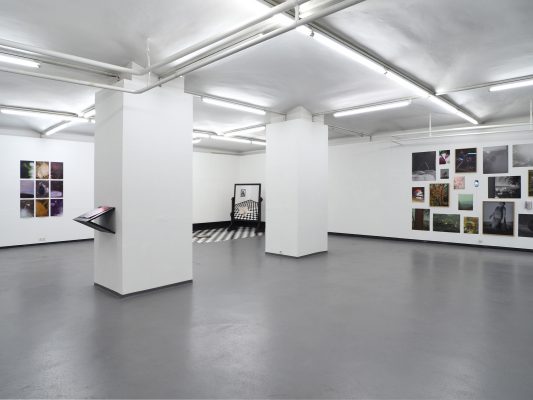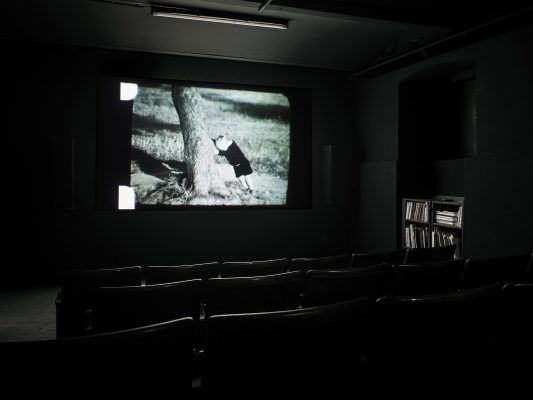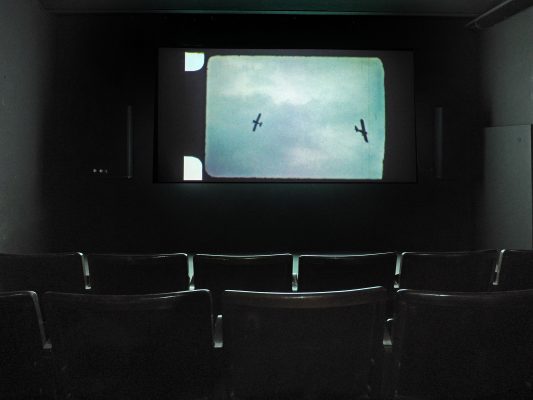Opening: Monday, 3 June, 7 p.m.
Introduction: Johan Nane Simonsen
Duration: 4 June–6 July 2019
Accompanying program:
Videoscreening: Friday, 28 June at 7 p.m.
Participating artists:
Anna Barbieri, definite security, 2019
Viktoria Bayer, I didn’t come here to perform, 2018
Adina Camhy, Mensch Maschine Or Putting Parts Together, 2019
Pille-Riin Jaik, Still of a house, 2018/2019
Gašper Kunšič, Awkward Silence, 2019
Hyeji Nam, 파리 PA RI, 2018
Anna Watzinger, living image_deleted, 2018
sponsored by: BKA Österreich; MA7-Kultur; Cyberlab
The Propeller exhibition, the title of which derives from the Latin propellere – “to drive forwards” is showing a selection of works by students of Austrian art academies and colleges. On the one hand, the FOTOGALERIE WIEN would like to expose their work to a wider public and, on the other, provide the opportunity for them to get to know exhibition-making more intimately. How do today’s young artists work in the disciplines of photography and new media? For this generation digital imaging is just as axiomatic as interdisciplinary work – and the analogue paper enlargement seems to have lost none of its magic either. The works on display here show this diversity and complexity – they are documentary and manipulated, appropriated and staged. Photography is more than a medium, it is material, strategy and posture.
The video, A student kept herself busy learning about photography whilst not doing photography, shows Anahita Asadifar’s attempt to recapture her own creativity. By producing commissioned work she has had the feeling of losing her spontaneous relationship to photography. In the process thermal imaging cameras offer an interesting change of perspective to the medium. Just as a photo camera deals with registering light, the thermal imaging camera allows control in capturing part of the thermal spectrum. This allows one to play the same visibility and invisibility game inherent in the medium of photography. For her video work she de-contextualises quotations by well-known authors writing about art and art theory and in this way arrives at a way of expressing her own thoughts.
The series, Untitled (Stream of Consciousness), by Joachim Bøgedal is inspired by the stream of consciousness writing technique in which the attempt is made to give a written form to the way in which human thoughts flow. The disordered back-and-forth between perception, feelings, memories and reflections has been transposed by him into a visual form that takes into account the tensions between extreme freedom and simultaneous continuity. Various places, various visual qualities and levels of manipulation come together in a series with a coherent “story”. Almost all the images have been created with a large format analogue camera using black and white film and developed and enlarged in the darkroom.
DEAD WHITE MEN´S CLOTHES (DWMC) is a transdisciplinary fashion label by Jojo Gronostay. The clothes from DWMC were bought at Kantamanto market in Accra, Ghana. This market is one of the biggest collection points for second-hand clothes in the world. The clothes, often donations from Asia, Europe, North America and Australia, are re-introduced into the capitalist cycle from here. The used clothing is known as “Obroni Wawu” in Ghana – “dead white men’s clothes”. When the second-hand clothes were first imported in the 1970s, the Ghanaians could not believe that people would give away such nice clothes and assumed that they were the clothes of the dead.
With the series, Mundane Confusion Constant Mystification, Erli Grünzweil makes an attempt at (re)constructing the non-linear pathway of a young boy alienated from his original milieu. It is the quest for finding one’s own position and attitudes and shows the conflicts, contradictions and insecurities of various social milieus. Grünzweil opens up a world that is so abstract and fragmentary that the viewers are able to project themselves into the pictorial and sound universe. Lens-based images are mixed with those that are non-lens-based so that they collide and blur. Manipulations appear credible, unprocessed images seem surreal. The photos thematise the overcoming of a repressed past, a dreamy present and a cursed future towards the distant goal of a happy and contented life.
Tobias Izsó is also searching for a form to represent thoughts. The point of departure for Etwas Tot-Denken is an approximately A3-sized collage of “six coincidences born independently and thrown together”. The compulsion to reflect on the situation and to make logical order out of it is also the beginning of the process of eliminating it – “thinking something dead”. The puzzling picture emerges as the seed for a whole cycle of works, for an apparently uncontrollable dynamism of semiotic references and medium duplications. The game of picture-within-a-picture-within-a-picture, with reflections and not least with photography itself becomes evermore convoluted and it is certainly not concluded when the visitors stand in front of this large-scale installation and ask themselves what they are actually seeing.
The digital collage,우리들을 무찌르자 (DEFEAT US); uoaea, by Lim Jang emphasises the integration of the image into a (media) context. This is never neutral and it influences our reception of the presented content. Jang’s subject matter is the interpenetration of political and private, the state’s control over the women’s freedom of decision and their bodies, but also in general the reciprocally conflicted relationship between the individual and society. The photograph used is the distillate of a previous performance video. The crop takes the sexualisation of women to the extreme, however the shaved bikini zone rejects “perfection”: spiky stubbles pushes through the bathing suit, the poetic resistance of body hair.
The artist’s book, Enthusiastic Gaze, is the result of Gašper Kunšičs on-going research and his collection of source material of the aesthetics of socialist realism, public sculptures and ornaments from Central and Eastern Europe. The objects are presented in a fragmented and deconstructed form, re-combined and brought together with a new colour scheme. The leitmotifs are the contrasts between the strong, undamaged bodies of the sculptures and the failed political systems which engendered them. The book takes up these historical elements and attempts to liberate them from their ideological roles and to concentrate instead on their aesthetic qualities. Kunšič examines the relationship to his own identity, to public space, to history and to that social system which was not experienced by the younger generations who, nevertheless, continue to feel its echoes.
Moritz Matschke’s project, Zug Vogel Mensch, is based on a parametric journey with a migratory bird throughout the 2018 migratory cycle. Both stork and human were supplied with a GPS logger and linked by a telemetric signal. The goal and route of the journey were determined by the bird. Moritz Matschke experiments with various possible forms of visualising the stork/human relationship. On one hand the photographs tell of variable closeness and distance between the two. On the other they are photographs that talk of the concrete and immaterial artefacts of “animal tracking”. Here, attention is drawn to the multiplicity of actors and their personal ways of inscribing themselves into the apparatus of practiced ornithology.
One important reference in the video work, Altar, by Mariya Vasilyeva is the painting by Hieronymus Bosch, “Der Garten der Lüste”. Its pictorial surface is populated by many small female actors that reveal the grotesque subject of the work only on a closer examination. A key figure is the “prolapse sphere”, which was inspired by a porno film depicting a prolapsed anus, an event of the large intestine after hard anal penetration – a recent trend in mainstream pornography. Vasilyeva tries to exaggeratedly affirm the fetishism of the pornographic pictorial language so that it becomes a deconstructive parody, that takes it to the point where it turns into its opposite: fragmented body parts, even the internal organs of the body, take on a life of their own and become protagonists in the events.
Suchart Wannaset has montaged from Super 8 and Normal 8 found footage his haunting film, Herrschaft. The images evoke a strange nostalgia without one being able to say from which time they actually come with any certainty. The immersive soundtrack invites the viewer to sink into this curious achronic world. Apparently, in keeping with the title, the concern is with the deepest human pursuit of power and control – not only over other humans, but also over nature and the elements. “Nevertheless at the end of the day you find yourself stuck in a car in a traffic jam with the masses”, as the artist remarks.
The driving impetus behind Angelika Wienerroither’s photographic work is an examination of time. She chooses a setting and leaves life to make the photographs. Behind each picture of the 16-part series there is an individual and analogue production process: the finished work documents a time exposure. Rainwater dripped on an unexposed negative for eight hours. The film saves what happened that night. The artist travels 18,612 kilometres in 35 hours and 30 minutes while the negative accompanies her in a box of sand in her suitcase – every movement leaving a trace on the sensitive surface.
